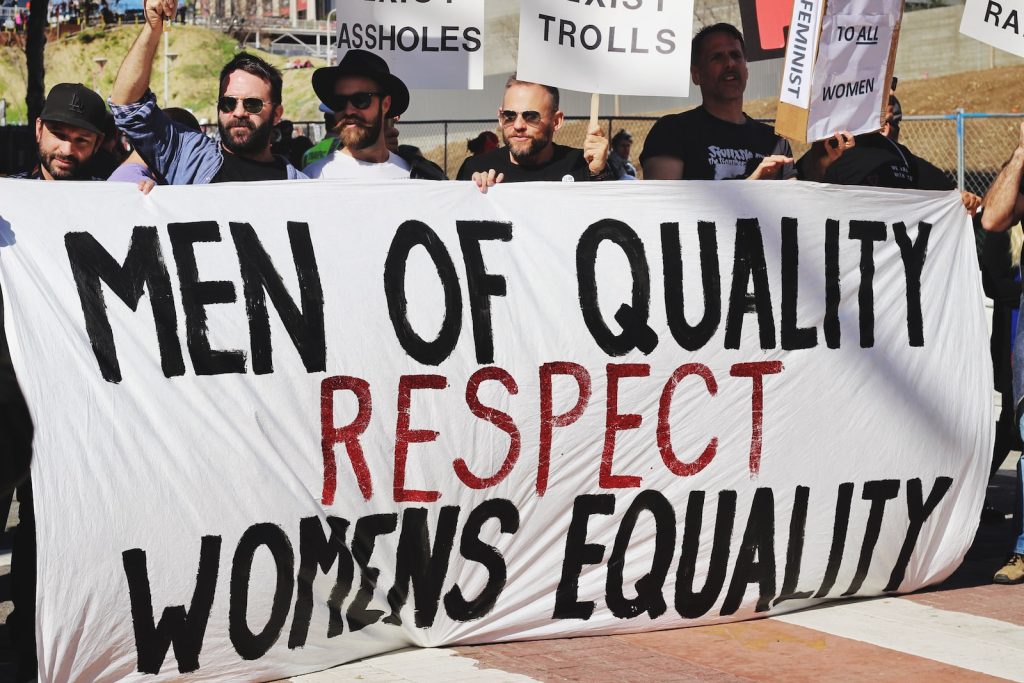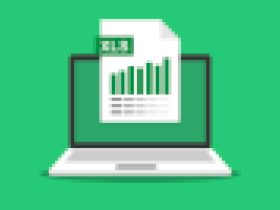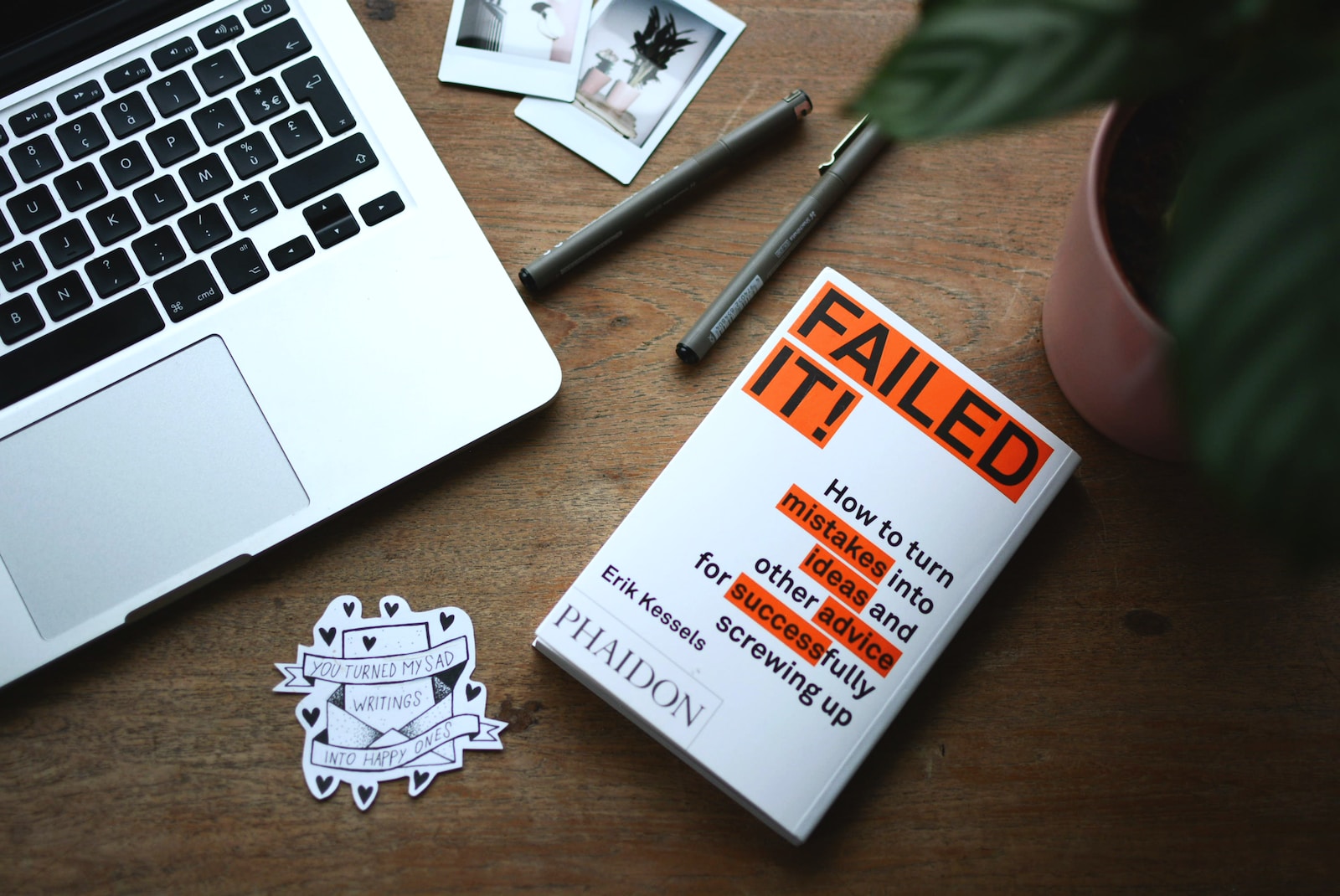Hello there, fellow ethical spenders! I’m Emily Financials, your trusty companion on the journey to financial enlightenment. For the past four years, we’ve navigated the complex world of ethical spending together, and today, we’re diving deep into a topic that’s not just close to my heart, but is essential for a fair and equitable world – Gender Equality in Personal Finance. Grab your favorite beverage, settle in, and let’s break down the barriers that have held back financial equality for far too long.
What Is Gender Equality in Personal Finance?
Before we embark on this enlightening journey, let’s define what we’re talking about. Gender equality in personal finance is all about ensuring that people of all genders have equal opportunities, access, and control over their financial resources. It’s about leveling the playing field so that nobody is held back or discriminated against based on their gender when it comes to money matters.
The Gender Pay Gap: A Stubborn Reality
One of the most glaring inequalities in personal finance is the gender pay gap. As of my last knowledge update in 2021, women in the United States earned approximately 82 cents for every dollar earned by their male counterparts. This gap becomes even more significant for women of color. It’s like women are getting a discount for doing the same job, and believe me, it’s not a sale we want to be a part of!

Example 1: Sarah vs. John
Let me illustrate this with a fictional scenario. Sarah and John both work as marketing managers at the same company. They have the same qualifications and experience. Sarah’s annual salary is $60,000, while John’s is $75,000. That’s a whopping $15,000 difference! Over the course of a 30-year career, that’s $450,000 that Sarah could have used for investments, retirement savings, or other financial goals.
Closing the Gap: Negotiation and Advocacy
So, how can we begin to close this gap? Well, it starts with empowering individuals to negotiate their salaries and advocating for policies that promote pay equity. Negotiation can be intimidating, but it’s a critical skill in personal finance. Ladies, don’t be afraid to ask for what you’re worth! Research salary ranges for your position and industry, practice your pitch, and confidently approach those salary discussions.
Example 2: The Power of Negotiation
Let’s revisit Sarah. Instead of accepting the initial offer of $60,000, she did her homework and negotiated her salary to $68,000. That extra $8,000 per year adds up to $240,000 over her career. That’s a substantial difference in her financial future!
The Investing Gender Gap
Now, let’s talk about investing, shall we? The investing gender gap is another area where we see inequality in personal finance. Historically, women have been less likely to invest in stocks and other financial assets compared to men. This reluctance can be attributed to various factors, including lower confidence in financial matters and societal norms.
Example 3: Investing for the Future

Imagine two friends, Alex and Jamie. Both have $10,000 to invest. Alex dives headfirst into the stock market, diversifying their investments and aiming for long-term growth. Jamie, on the other hand, is more hesitant and keeps their money in a low-interest savings account. Over time, Alex’s investments grow significantly more than Jamie’s savings, simply because Alex took the plunge into the world of investing.
Bridging the Investing Gap
To bridge the investing gender gap, education is key. Learning about the basics of investing, risk tolerance, and long-term financial planning can empower individuals of all genders to make informed investment decisions.
Example 4: Financial Education Pays Off
Consider this scenario: Emma and Liam are siblings. Emma takes the time to educate herself about investing, while Liam doesn’t. Over the years, Emma’s investments generate substantial returns, while Liam’s savings barely keep up with inflation. In the end, Emma has a more secure financial future thanks to her financial education.
Equal Access to Financial Resources
Another crucial aspect of gender equality in personal finance is ensuring equal access to financial resources. This includes access to loans, credit, and financial services. Women, particularly women of color, have historically faced barriers to obtaining loans or credit on fair terms.
Example 5: Access to Credit Matters
Imagine two entrepreneurs, Maria and Carlos, with equally promising business ideas. Maria applies for a business loan but is offered a higher interest rate due to her gender. Carlos, on the other hand, receives a lower interest rate for the same loan. Maria’s business faces higher financing costs, putting her at a disadvantage from the start.
Promoting Equal Access
To promote equal access to financial resources, we must advocate for fair lending practices and support organizations that empower marginalized communities to access credit and financial services on equitable terms.
Planning for Retirement: It’s Everyone’s Business
Retirement planning is yet another area where gender inequality can rear its head. Women tend to live longer than men, which means they need more savings to support themselves in retirement. However, the gender pay gap and investing gap often leave women with less money to save for retirement.
Example 6: Retirement Savings Gap
Let’s meet Maya and David. They both retire at the age of 65. Maya’s retirement savings are $500,000, while David’s are $700,000. Despite living longer, Maya has significantly less money to cover her expenses in retirement.
Empowering Financial Independence
To address this issue, we need to empower women to take control of their financial futures. This includes setting aside a portion of their income for retirement, investing wisely, and seeking advice from financial professionals.
In Conclusion
Gender equality in personal finance isn’t just a women’s issue; it’s a societal issue that affects us all. It’s about creating a fair and equitable financial landscape where everyone has the same opportunities to thrive. So, whether you identify as a woman, man, or any gender in between, let’s work together to break down the barriers, close the gaps, and create a world where money talks for all, loudly and proudly.
Remember, it’s not about women wanting more; it’s about demanding what’s rightfully ours – equality. And when it comes to personal finance, equality isn’t just a nice-to-have; it’s an absolute must!
Here’s to a future where our bank accounts don’t know gender, only numbers. Cheers to financial equality!

































